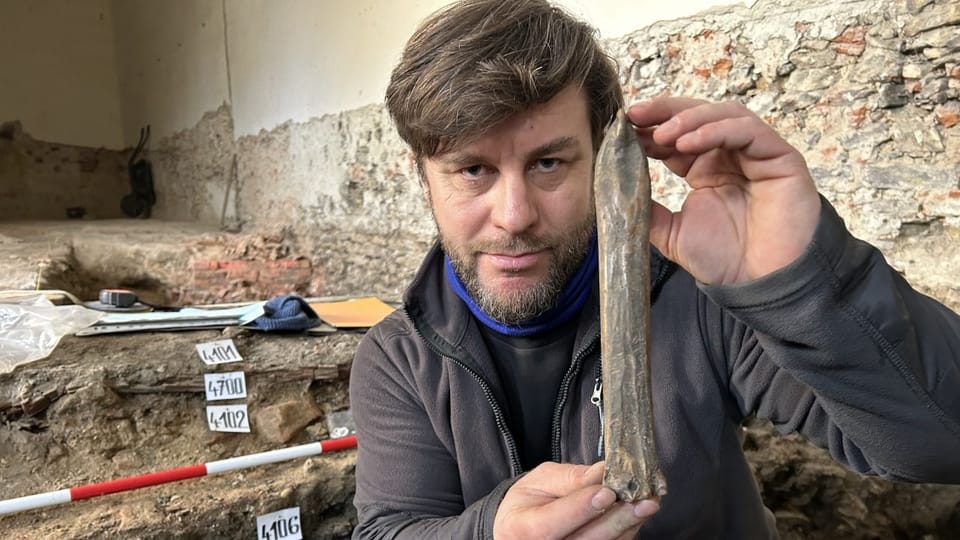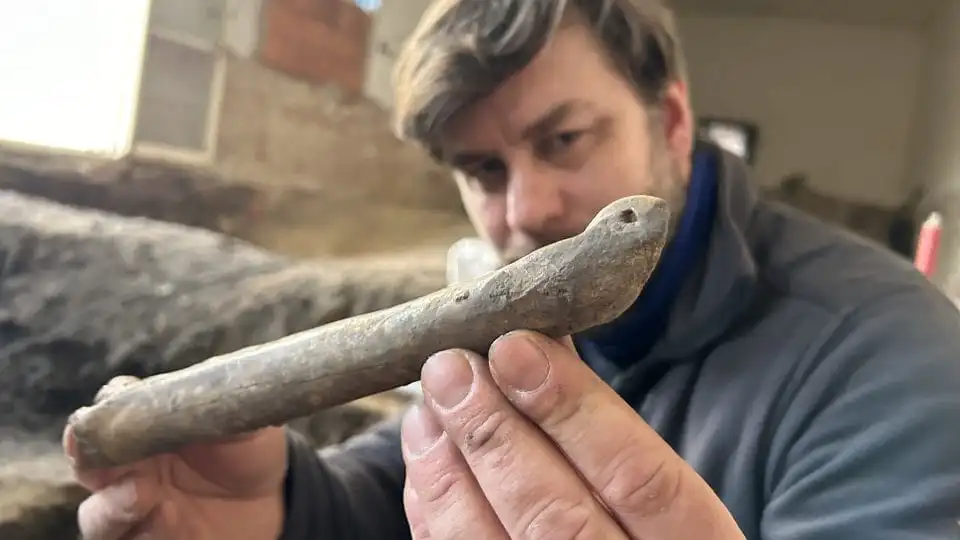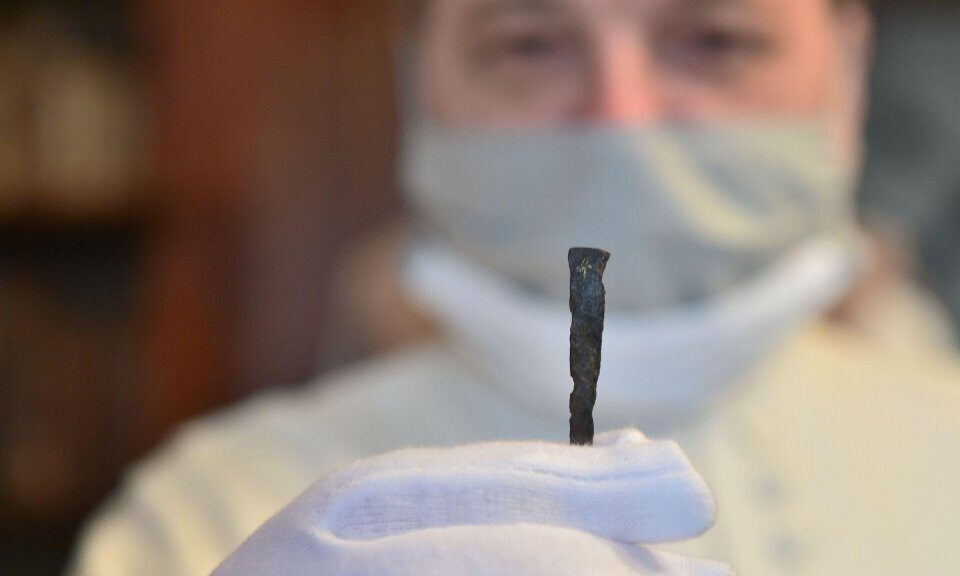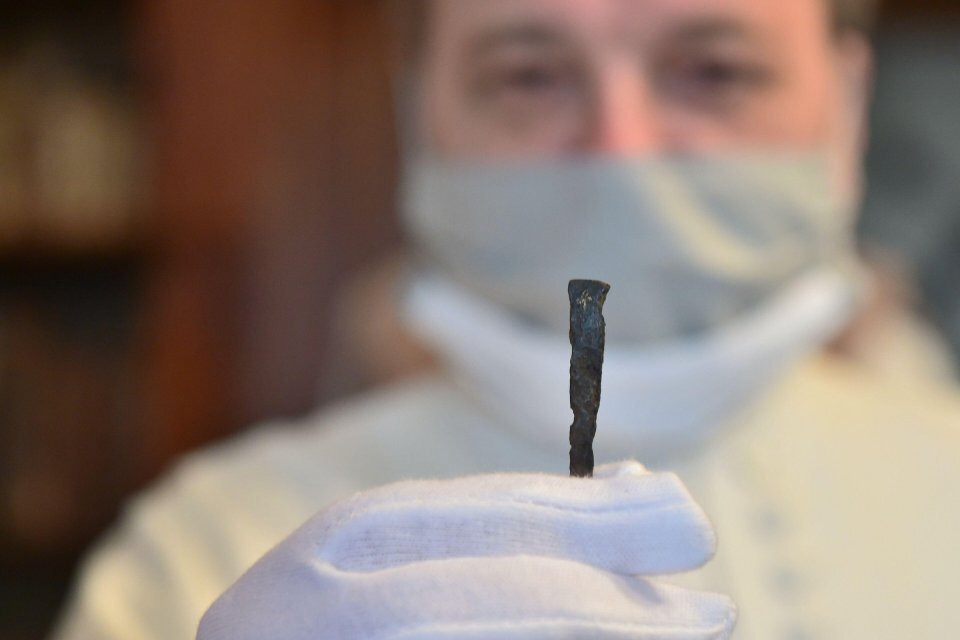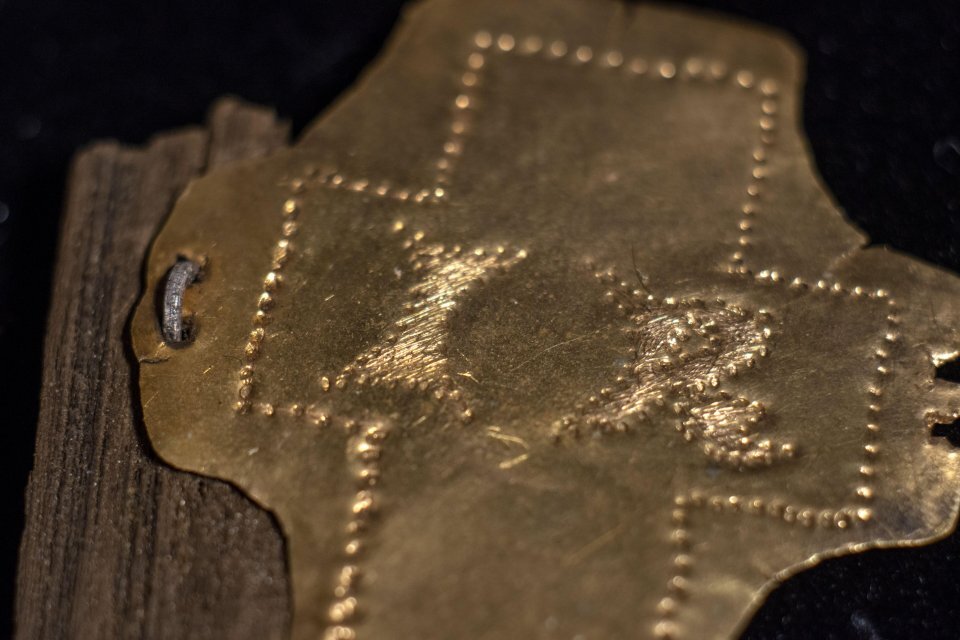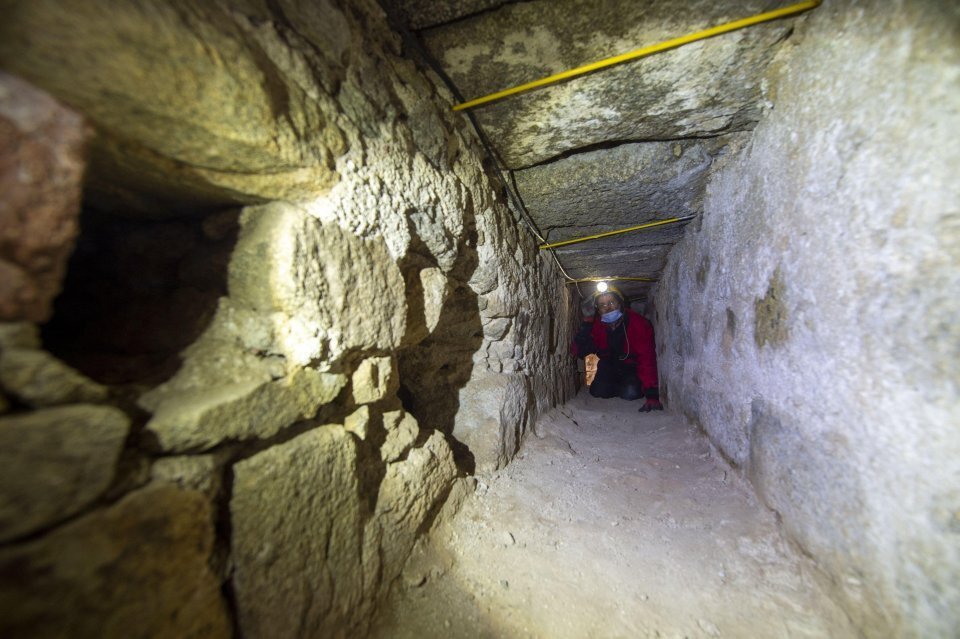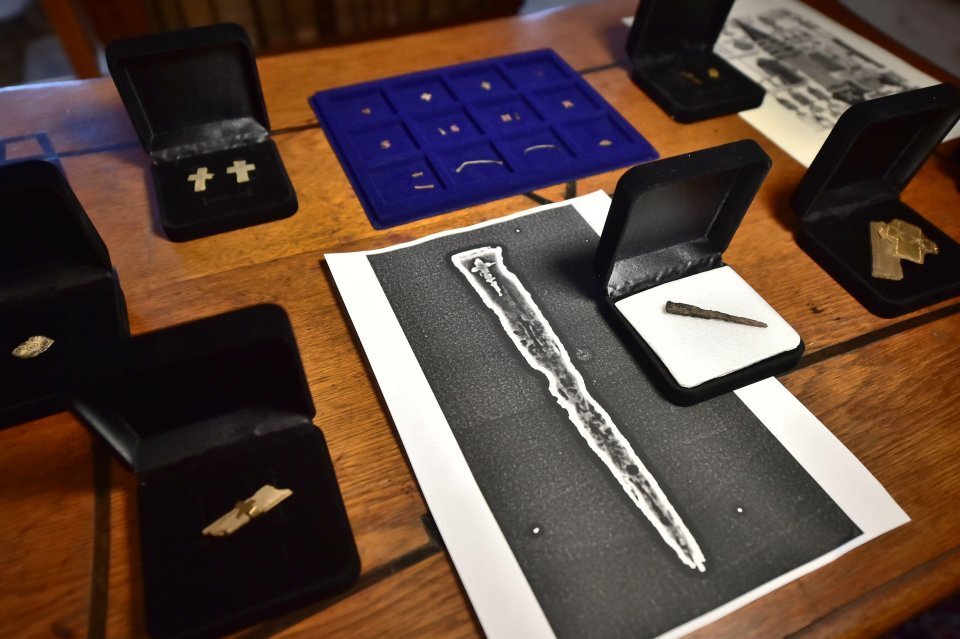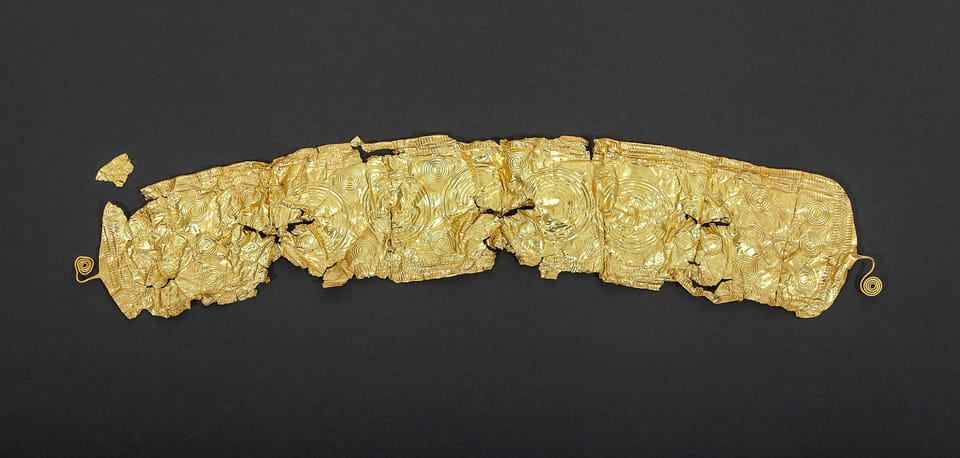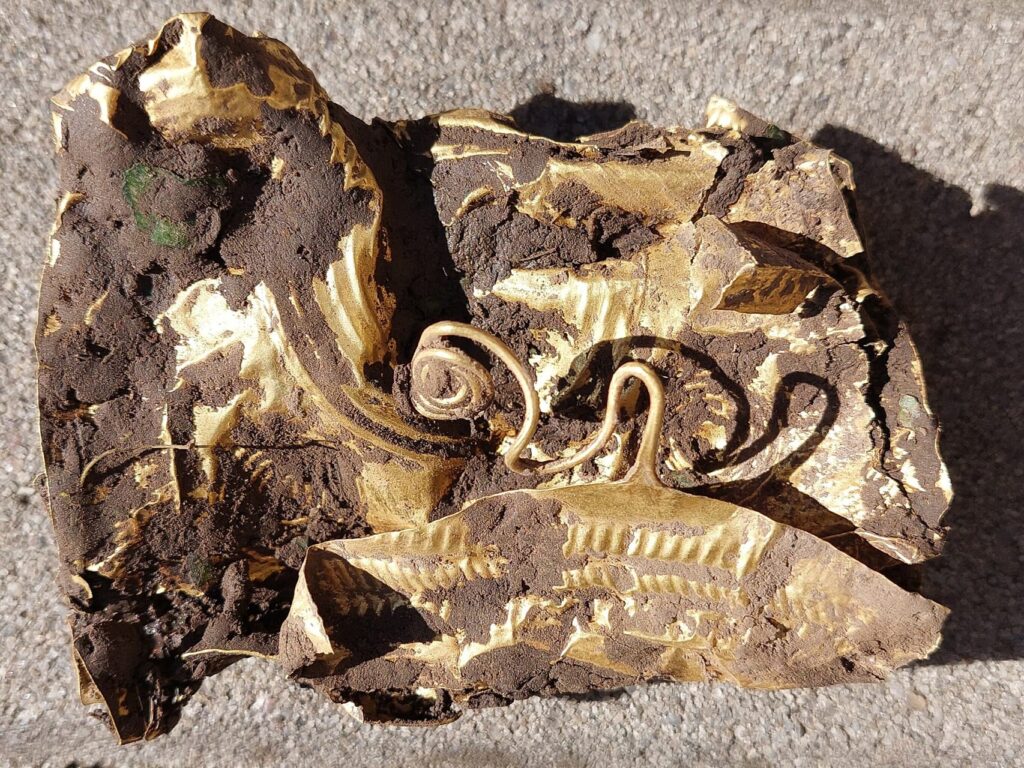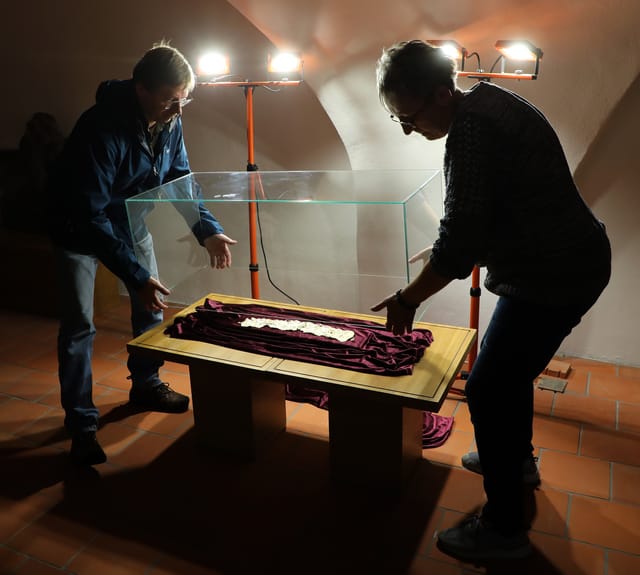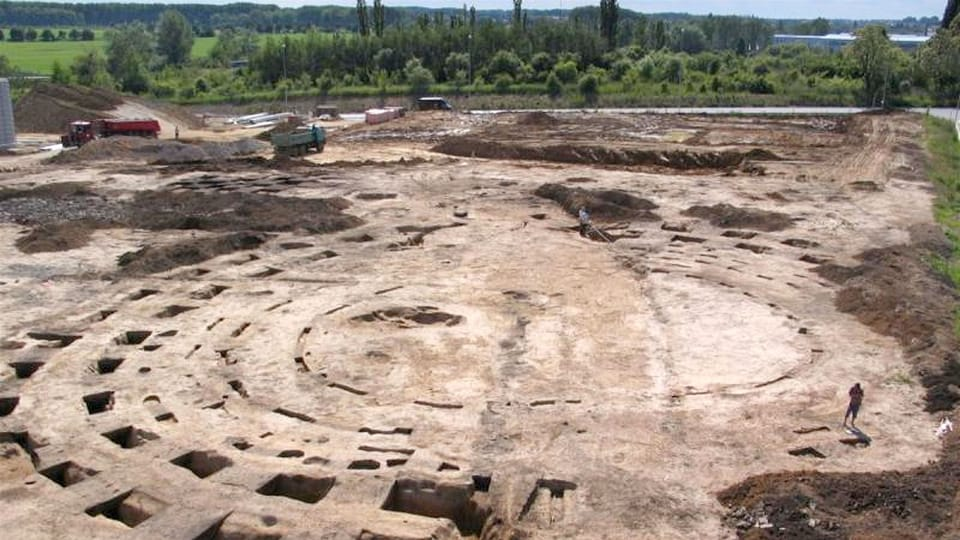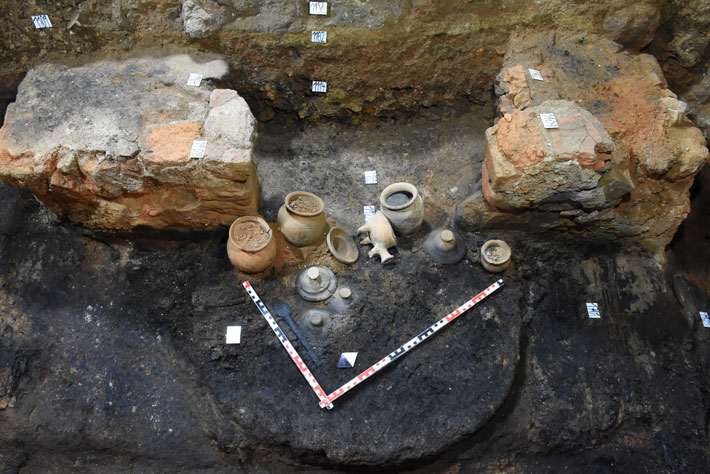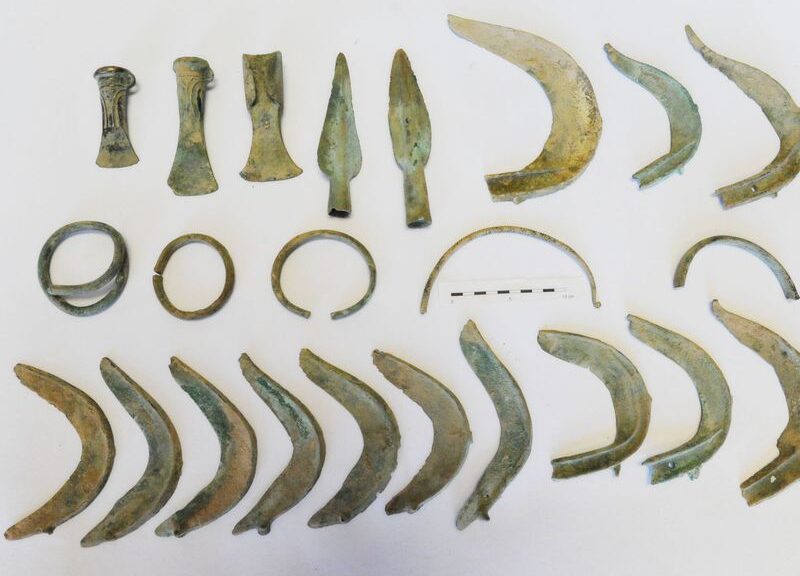A woman in the Czech Republic found a medieval jackpot during a walk
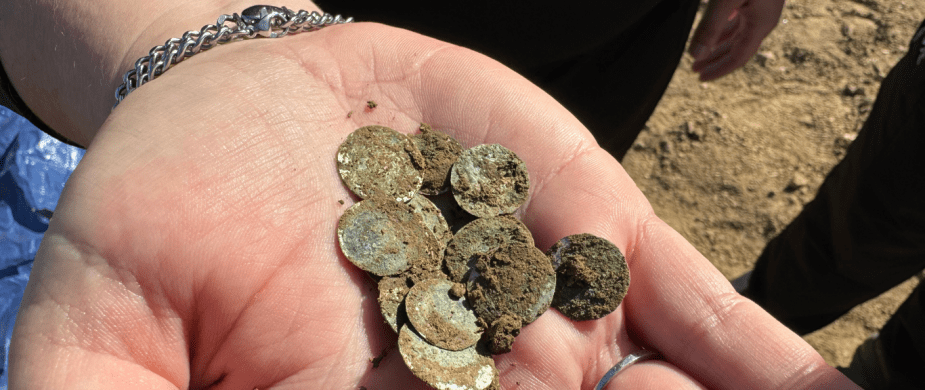
A woman walking in the town of Kutná Hora in the Central Bohemian Region of the Czech Republic found a nearly 900-year-old treasure of more than 2,150 medieval silver coins, known as denarii.
The woman found some silver coins while walking through a field in Kutnohorsku and contacted officials, the Institute of Archaeology of the Academy of Sciences of the Czech Republic said in a May 16 news release.
The treasure consisted of more than 2,150 silver coins minted between 1085 and 1107.
Experts believe they were manufactured in Prague and imported to Bohemia. The trove was stored in a ceramic container that was destroyed over the years, but archaeologists discovered the bottom of the container.
“The [discovery was] made of coin alloy, which, in addition to silver, also contains an admixture of copper, lead, and trace metals,” the Institute of Archaeology of the Czech Academy of Sciences (ARUP) stated in the press release. “Determining this particular composition can also help determine the origin of the silver used.”

Dubbed one of the greatest finds of the last decade, institute archaeologist Filip Velímský believes the discovery is like winning a prize in the lottery—even if someone else was the loser.
“It was probably placed in its place during the first quarter of the 12th century, at a time of internal political instability,” he said.
“At that time, there were disputes in the country between the members of the Přemysl dynasty about the princely throne of Prague,” he said.
According to ARUP, battles were common during the period and the depot could have been cash “for paying wages or spoils of war.”
Czech officials call the discovery “one of the largest finds of the last decade.”

According to the experts, that owner couldn’t have been just anyone. “Unfortunately, for the turn of the 11th to 12th century, we lack data on the purchasing power of contemporary coins,” he said. “But it was a huge, unimaginable – and at the same time, unavailable – amount for an ordinary person. It can be compared to winning a million in the jackpot.”
The artifacts were taken to a laboratory for further analysis and documentation, a process that will likely take a year. The artifacts will then be put on display in an exhibit expected to debut in 2025.
